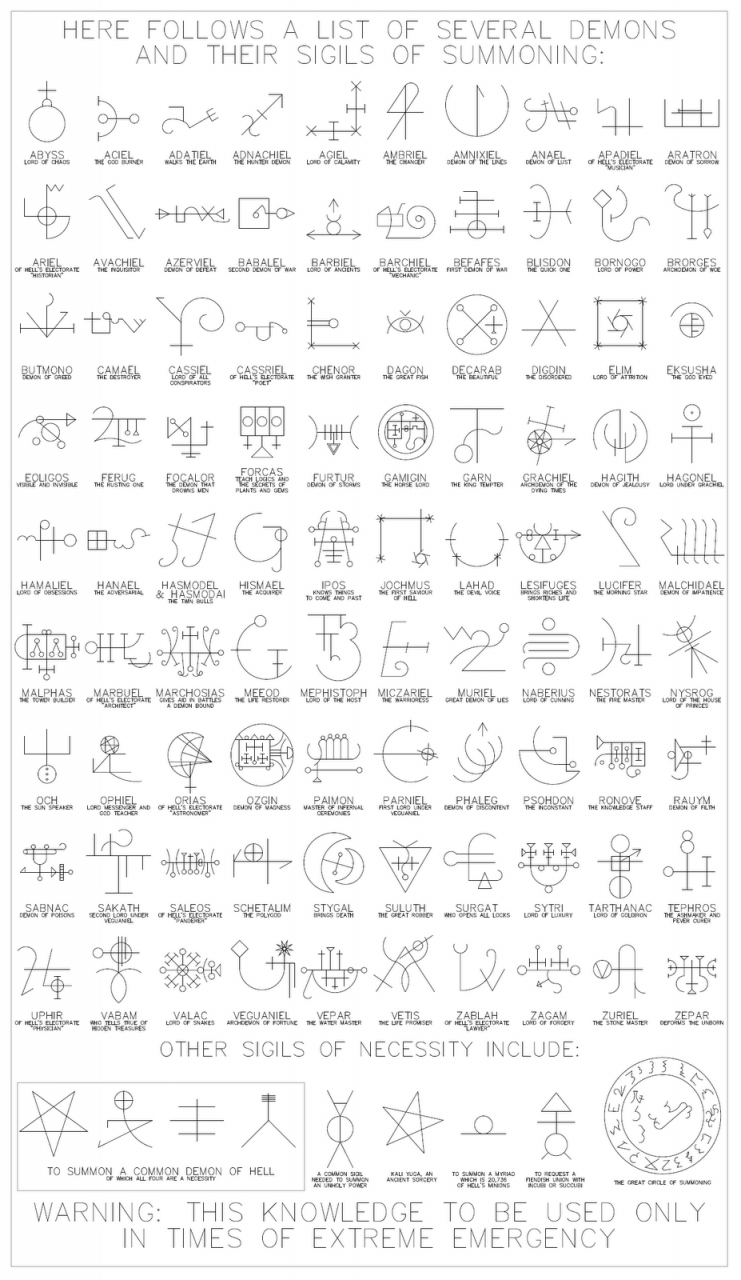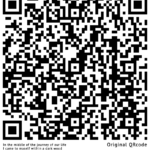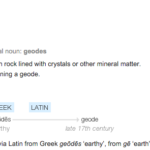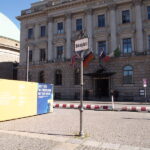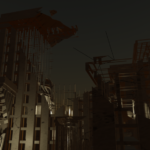
As Arthur C Clarke says: “Any sufficiently advanced technology is indistinguishable from magic.” These beautiful symbols have been making the internet rounds lately. In this form, they appear almost like circuit diagrams. I approve of this graphical style! Internet indicates that some of these resemble sigils in the Lesser Key of Solomon.
I put together some moodboards with similar artwork that I like.
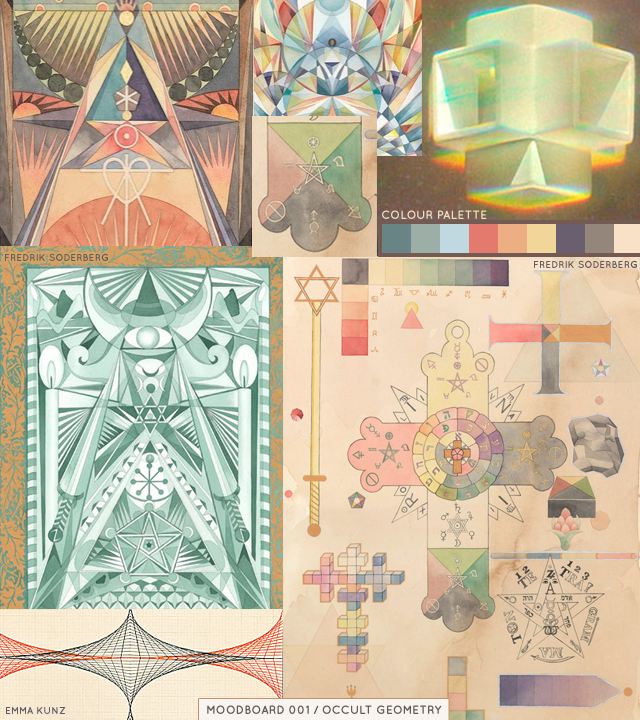
Centuries after this event, there was an monastic order that somehow survived (a little bit like how monk’s would have lived in the dark ages) and the abbey was focused on preserving and copying these religious texts. Over the course of the book, we soon realise that these religious text they had hoarded and preserved were similar to mundane things we see in the present century – shopping lists, receipts, science notes, circuit diagrams. They had copied and memorised it as if it were knowledge from God although they did not always know what it meant, but this information had actually been the detailed knowledge and diagrams of the science and technology that man once had, but had chosen to forget because of the terrors of nuclear war…
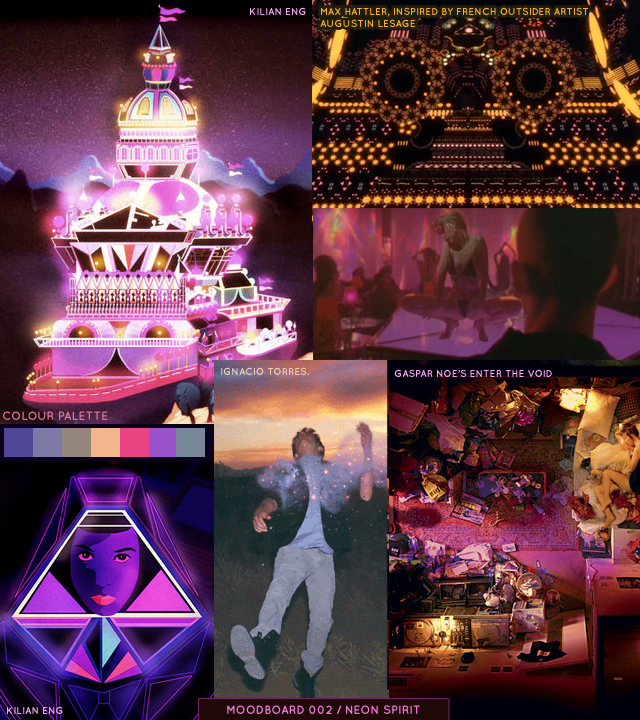
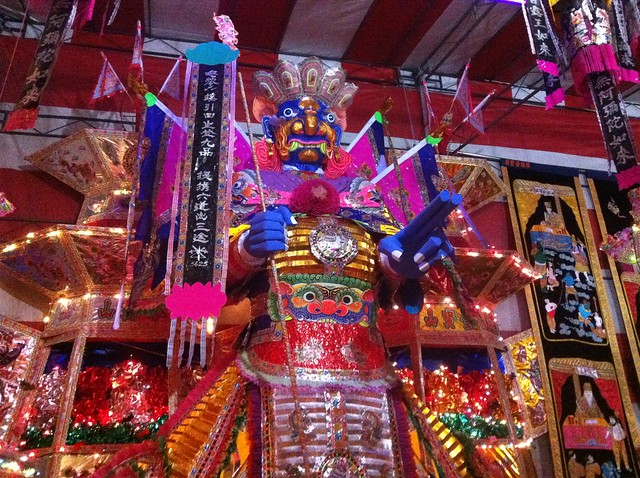
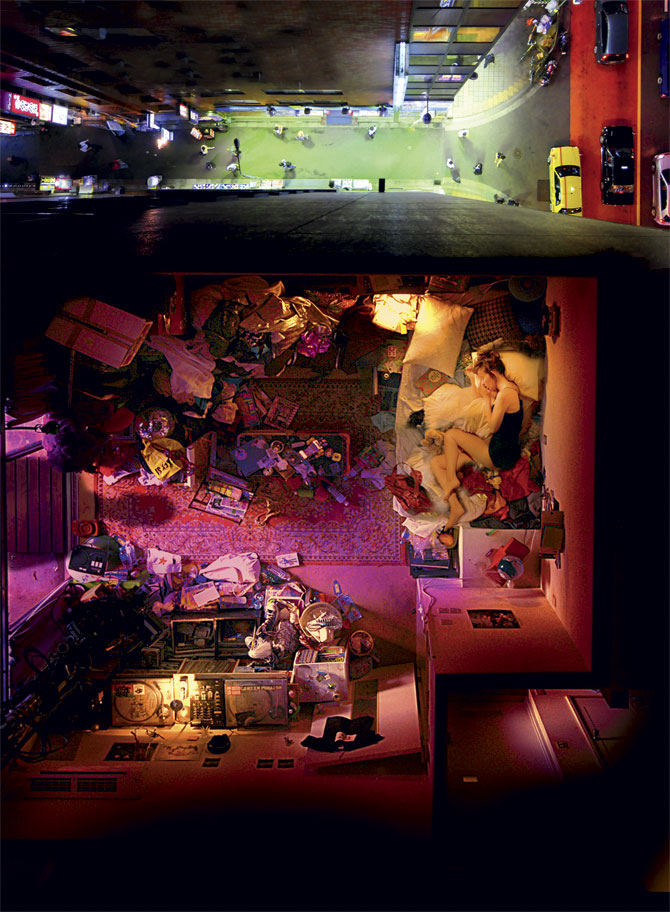
From SFgate: “Noé says, “The longest astral trip you can find is the one described in the ‘Tibetan Book of the Dead,’ so I thought that book would be a great way to structure a hallucinatory vision for two hours.” To research psychedelic experience firsthand, Noé journeyed to Latin America.
“In the Peruvian jungle, I drank some extremely hallucinogenic ayahuasca,” he recalls. “Everything seems like it’s made out of neon lights. It would have been a lot easier if the designers had tried it themselves because it is difficult to explain these visions to people who never had those experiences.””
